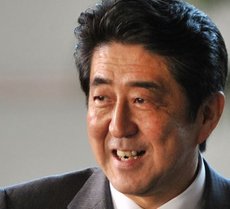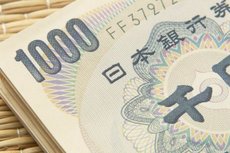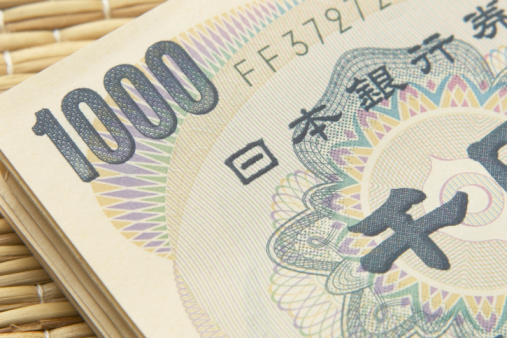Japanese GDP growth for the last quarter of 2013 was just 1% (annualized), driven by lower exports, and weaker capital spending and private consumption.
Experts had forecast much stronger growth, as much as 2.8% ahead of April’s sales tax increase.
Even so, latest Japanese GDP growth figures were in positive numbers, the country’s fourth successive quarterly expansion.
In an interview with the BBC, Takuji Okubo, chief economist at Japan Macro Advisors, Tokyo, said:
“The disappointing GDP result is a reflection of the limit of Abenomics. Fiscal stimulus and monetary stimulus can only do so much without the actual change in the competitiveness of Japanese economy. Only when there is a real change in the competitiveness of the Japanese companies, and a positive change in the long term economic outlook will there be a real change in Japan’s growth performance.”
Abenomics is supposed to kick-start the economy
Since becoming Prime Minister in December 2012, Shinzō Abe has implemented a program, which has acquired the nickname Abenomics, to try to turn the economy round. After rapid growth in the 1980s, Japan fell into a deflationary economic standstill that has lasted for decades, with extremely poor growth and weak consumer spending.

Several administrations have tried to kick-start the economy, but with no success. Abenomics is similar to the Keynesian-inspired plans that got several economies out of the Great Depression in the 1930s.
The program includes a $210 billion stimulus plan, $116 billion of that money comes in the form of infrastructure spending.
Abenomics includes the following economic measures:
- Boosting private investment.
- Devaluing the currency.
- Aggressive quantitative easing by the Bank of Japan.
- Increasing public infrastructure spending.
The Economist defines Abenomics as “a mix of **reflation, government spending and a growth strategy designed to jolt the economy out of suspended animation that has gripped it for more than two decades.”
** Reflation refers to measures taken by the central bank (changing the money supply and reducing interest rates) and the government (increasing spending and lowering taxes) to boost GDP growth and push up inflation.
Yen devaluation fails to trigger significant Japanese GDP growth
Last year the yen fell in value against the dollar by 18%. It had been hoped the currency devaluation would boost exports and improve its trade balance, but the effect has been disappointing.
The 2011 Fukushima crisis was followed by a policy of switching from nuclear power to other sources of energy, nearly all of which have to be imported. Imports of fuel in 2013 increased considerably.
Japan today has a growing and persistently large trade deficit. In Q4 2013, exports rose by 0.4%, but imports increased by 3.5%.
Sales tax hike to reduce public debt
Japan has a massive public debt, one of the biggest among the advanced economies. If it does not reduce it there is a serious risk of economic harm, economists warn.
To reduce its public debt the government needs to collect more money, i.e. raise taxes. Hence, Mr Abe introduced legislation in 2013 to raise sales tax (consumption tax, VAT) from 5% to 8%.

Higher sales tax is expected to reduce personal consumption, which in turn will have a negative effect on GDP growth. That is why the latest Q4 2013 GDP figures were particularly disappointing. Economists had expected consumers to increase their spending significantly ahead of the April tax hike.
Growth during the fourth quarter was nearly completely dependent on consumer demand.
The Bank of Japan began a two-day policy meeting today. There are calls for it to loosen an already very accommodative policy. Most analysts expect the central bank to wait and see what the effect of the sales tax rise will be.
Kyohei Morita, an analyst at Barclays, said to the Financial Times “The output gap itself continues to narrow. This, in turn, underpins CPI inflation. In this context, we expect the BoJ to leave its economic assessment and monetary policy itself intact.”

